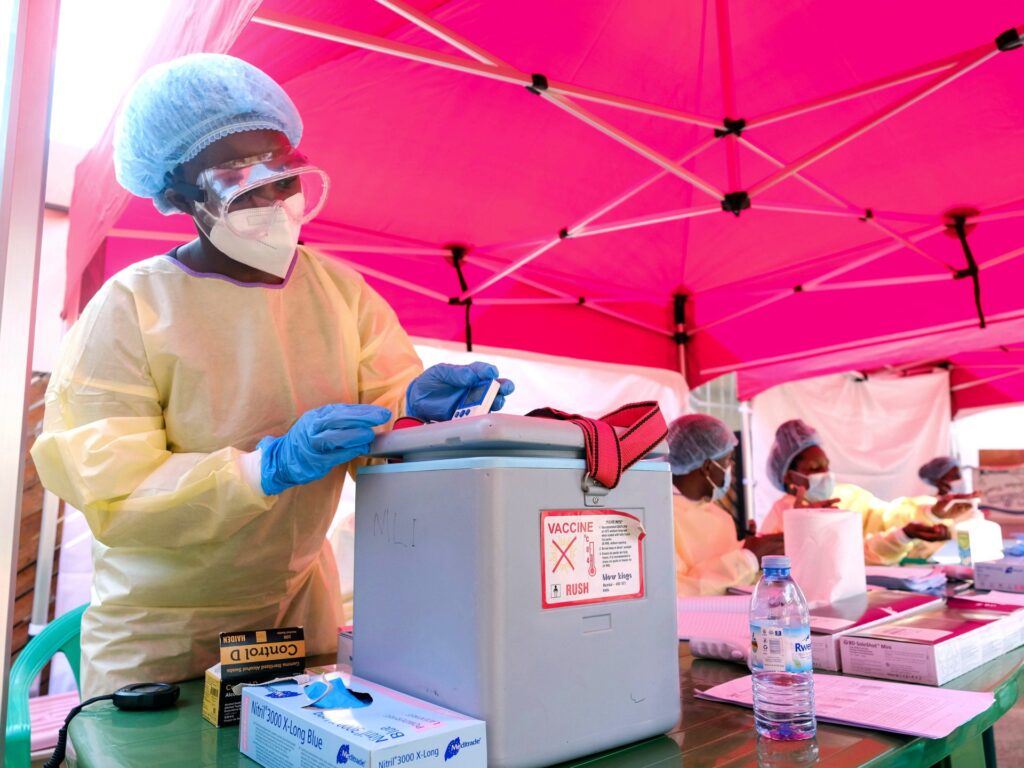The East African nation reported its outbreak on January 30 following the death of a male nurse who was found to be infected with the virus.
Uganda has officially declared the conclusion of its most recent Ebola outbreak, three months after initial cases were reported in the capital, Kampala.
The Ministry of Health shared this significant news on Saturday through its official X account, labeling it “good news” and noting that 42 days had passed without any new cases since the last patient was released.
“This outbreak involved a total of 14 cases, including 12 confirmed and 2 suspected but not confirmed through lab tests. There were four fatalities—two confirmed and two suspected. Ten individuals successfully recovered from the virus,” the World Health Organization (WHO) detailed in a statement.
WHO Director-General Tedros Adhanom Ghebreyesus commended the Ugandan Ministry of Health for its “leadership and dedication” in tackling the outbreak. “Kudos to the government and health workers of #Uganda for successfully ending the #Ebola outbreak,” he posted on X on Saturday.
Ebola outbreaks are common in Uganda, which has many tropical forests serving as natural homes for the virus.
This recent outbreak, linked to the Sudan strain of the virus, was first identified on January 30 when a male nurse fell ill and subsequently died. There is currently no approved vaccine for this strain.
This marked Uganda’s ninth outbreak since the nation recorded its initial infection in 2000.
Situated next to the Democratic Republic of the Congo—a nation that has faced over a dozen outbreaks, including one from 2018 to 2020 that resulted in nearly 2,300 deaths—Uganda is particularly susceptible to the virus’s transmission.
The outbreak began in Kampala, a vibrant city with a population of around four million, serving as a crucial transit hub connecting eastern DRC, Kenya, Rwanda, and South Sudan. Health experts believe Uganda’s wealth of experience in combating the virus has enabled it to manage outbreaks more effectively and swiftly.
Ebola spreads through contact with the bodily fluids and tissues of infected individuals, presenting symptoms such as intense headaches, muscle pain, vomiting blood, and internal bleeding.


